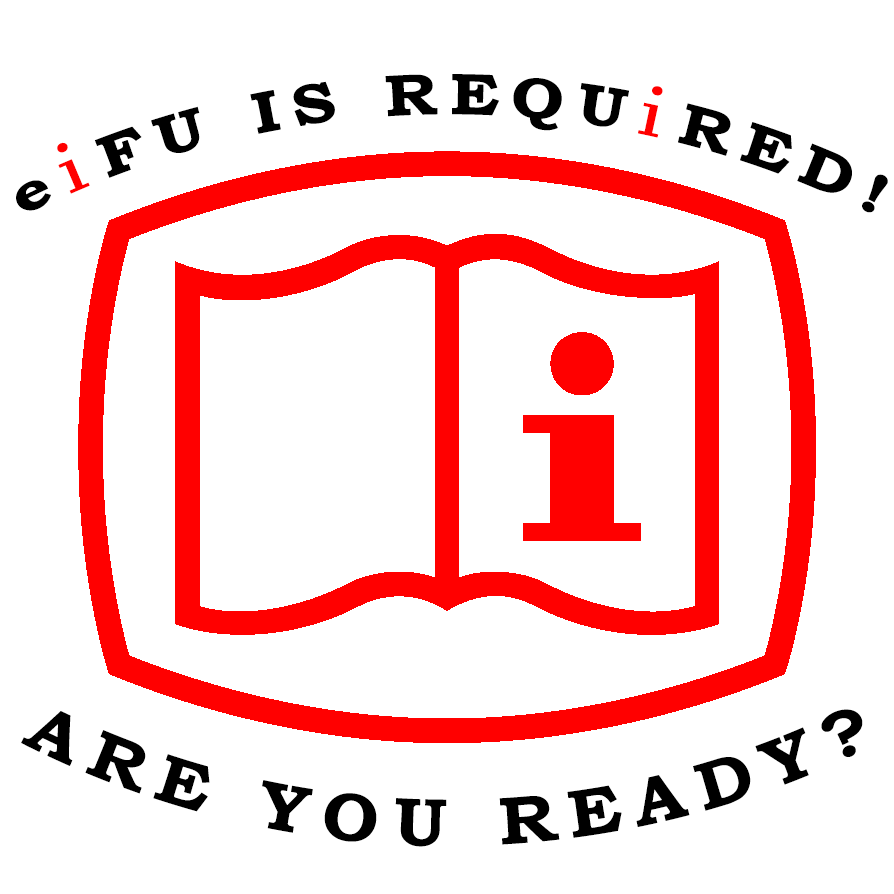The new form Manufacturer Investigation form for reportable events in EU is mandatory starting this…
The Innovation Killer – MDR/IVDR

Medical device companies in Europe and pharmaceutical companies share a unique business challenge, inability to innovate production processes because of currently insurmountable barriers to change.
For example, Chlorine Dioxide sterilization can be validated and implemented as a replacement sterilization process for EtO for medical devices.
However: NOT for products marketed in Europe that are not MDR certified.
An environmentally safe option to ETO ‘(a carcinogenic an mutagenic for the operators and end users) is likely to be utilized in the US before EU.
The reason is that the change from ETO to Chlorine dioxide sterilization would be categorized as a SIGNIFICANT change.
Chlorine dioxide is a novel Sterilization method and requires process and microbiological process qualifications. These deliverables are not the true barrier to implement innovation in manufacturing and reduction/elimination of a carcinogenic and mutagenic sterilant.
Article 120(3) of the Medical Device Regulation (EU) 2017/745 (MDR), last amended by Regulation (EU) 2023/607, states that devices may be placed on the market or put into service until 31 December 2027 or 31December 2028, as applicable, provided the conditions set out in Article 120(3c) MDR are fulfilled and continue to comply with the AIMDD or MDD.
->Article 120 Compliance Solutions:
The conditions set out in Article 120(3c) MDR include, among others, that legacy devices must
1) continue to comply with the AIMDD/MDD, as applicable, and
2) that there are no significant changes in the design or intended purpose of the device
Maybe companies should get started on MDR remediation to continue innovation in their processes as well as their products.
Companies can continue pushing out MDR remediation and compliance and ignore the potential of innovation. Alternatively, simplify and continue the journey using the processes and documentation leveraging the documentation infrastructure based on the experiences of professionals that have completed accreditation.


